Jog Raj*, Hunor Farkaš, Svetlana Ćujić, Zdenka Jakovčević and Marko Vasiljević
PATENT CO, DOO., Vlade Ćetkovića 1A, 24 211, Mišićevo, Serbia.
*Corresponding author: [email protected]

These corn samples (50 per country) were collected by our distributors between September 2021 and May 2022 and sent to PATENT CO DOO for analysis of multiple mycotoxins. They were all analyzed by LC-MS/MS triple quadrupole (Agilent 6460 series) using a multi-mycotoxin method to quantify all the mycotoxins present, including: All of these mycotoxins are regulated in the EU in feed by EU Directives 2002/32/EC, 2006/576/EC, and 2013/165/EU.
RESULTS OF MYCOTOXIN LEVELS FOR EACH COUNTRY THAILAND In the 2021 harvest, 100% of the corn samples from Thailand were contaminated with 1 or more mycotoxins (Table 1). Table 1. Mycotoxin contamination levels (ppb) in corn samples from Thailand harvested in 2021.


INDIA In the 2021 harvest, 84% of the samples analyzed had 1 or more mycotoxins (Figure 1). Only 16% of the corn samples from India were found to be uncontaminated with mycotoxins. Table 2 summarizes the different mixtures of mycotoxins found in the corn samples and the maximum concentrations present. FFigure 1. Number of mycotoxins per corn sample from India harvested in 2021.
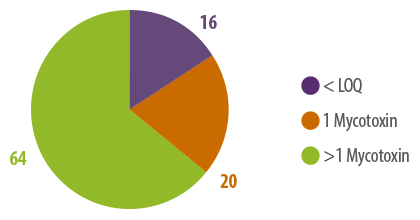
Table 2. Mycotoxin contamination levels (ppb) in corn samples from India harvested in 2021.
PHILIPPINES In the 2021 harvest, all the corn samples received from the Philippines were contaminated with more than 1 mycotoxin. Table 3. Mycotoxin contamination levels (ppb) in corn samples from Philippines harvested in 2021.

TAIWAN In the 2021 harvest, all the corn samples were contaminated with mycotoxins. Of these, 89% were contaminated with more than 1 mycotoxin and 11% with only one mycotoxin (Figure 2). Table 4 summarizes the concentrations of the different mycotoxins found. Figure 2. Number of mycotoxins per corn sample from Taiwan.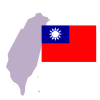
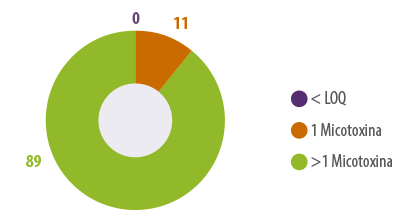
Table 4. Mycotoxin contamination levels (ppb) in corn samples from Taiwan harvested in 2021.
VIETNAM This year, only 21% of the corn samples from Vietnam were found to be uncontaminated with mycotoxins. 12% of samples were contaminated with 1 mycotoxin and 67% with more than 1 mycotoxin (Figure 3). Overall, 79% of the tested corn samples were contaminated with one or multiple mycotoxins. Table 5 summarizes the means and the maximum concentrations found in these samples. Figure 3. Number of mycotoxins per corn sample from Vietnam.
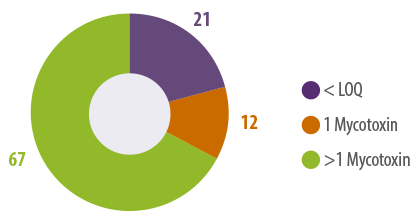
Table 5. Mycotoxin levels detected (ppb) in corn samples from Vietnam in 2021. SUMMARY OF MYCOTOXINS DETECTED IN CORN SAMPLES FROM ASIA

This year, only 7% of corn samples from Asia (India, Philippines, Thailand, Taiwan, and Vietnam) were found to be uncontaminated with mycotoxins. 13% of samples were contaminated with 1mycotoxin and 80% with more than 1 mycotoxin (Figure 4). Overall, 93% of the tested corn samples were contaminated with one or multiple mycotoxins. Table 6 summarizes the means and the maximum concentrations found in these samples. Figure 4. Number of mycotoxins per corn sample from Asia.
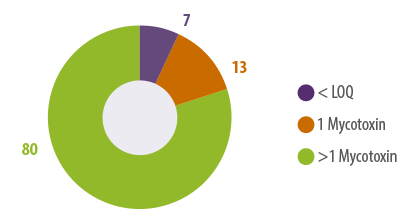
Table 6. Mycotoxin levels detected (ppb) in corn samples from Asia (India, Philippines, Thailand, Taiwan, and Vietnam) in 2021. CONCLUSIONS OF THE MYCOTOXINS SURVEY OF CORN SAMPLES FROM ASIA (INDIA, PHILIPPINES, THAILAND, TAIWAN, AND VIETNAM)
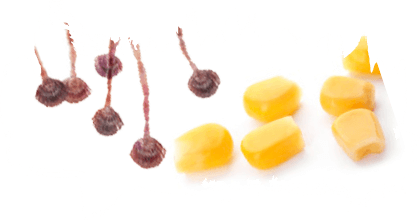
On average, 93% of the tested corn samples from different countries of Asia were contaminated with one or multiple mycotoxins. There was co-occurrence of mycotoxins in the corn samples from India, the Philippines, Thailand, Taiwan, and Vietnam. Aflatoxins and Fumonisins were the predominant mycotoxins detected in 2021 harvested corn from India, the Philippines, Thailand, Taiwan, and Vietnam. Previous surveys have also shown that fumonisins and AFB1 were predominant in Asia. The co-occurrence of mycotoxins is important as it could lead to additive or, more importantly, synergistic impacts, influencing the growth rate of different animal species. Thus, with the impact of future climate-related environmental changes, mycotoxins will in the future remain very important, with a significant impact on animal health. From this mycotoxin survey for Asia, mycotoxins remain a topic of concern in animal feed and multi-mycotoxin occurrence continues to be a threat. Constant monitoring and research on the prevention and/ or remediation of mycotoxin contamination is necessary. ⇰ This requires effective remediation/minimization strategies and regular effective monitoring to reduce impacts in animal feed chains.
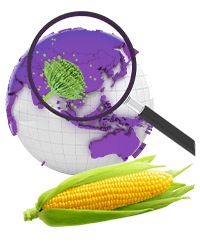



 Micotoxicosis prevention
Micotoxicosis prevention